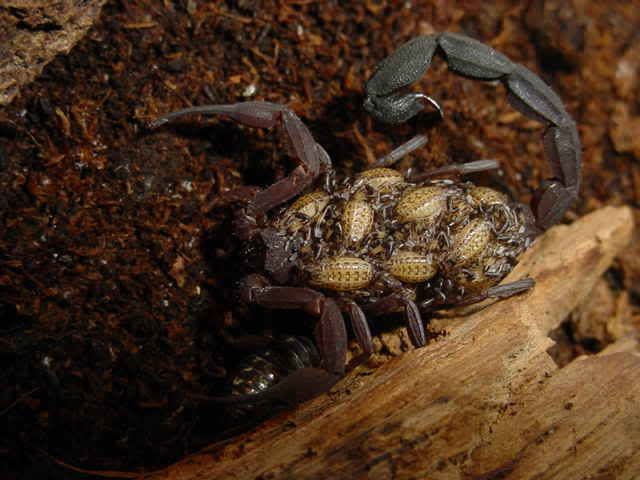- Joined
- May 29, 2004
- Messages
- 6,526
To the best of my knowledge, these are the first young born in the US. I plan to keep most if not all of this brood but the next time I will sell.
Anyway, I am very excited about this as it would appear these will be a staple in the hobby soon.

Anyway, I am very excited about this as it would appear these will be a staple in the hobby soon.

